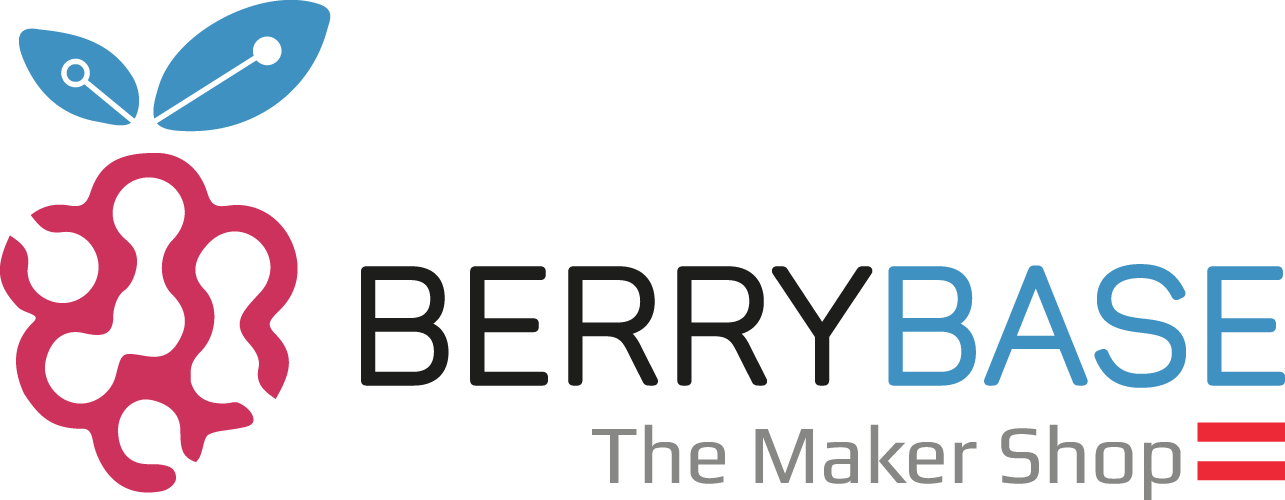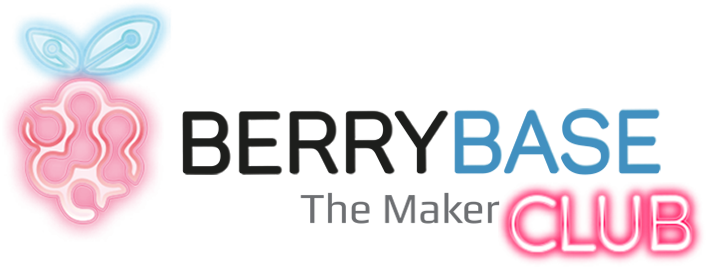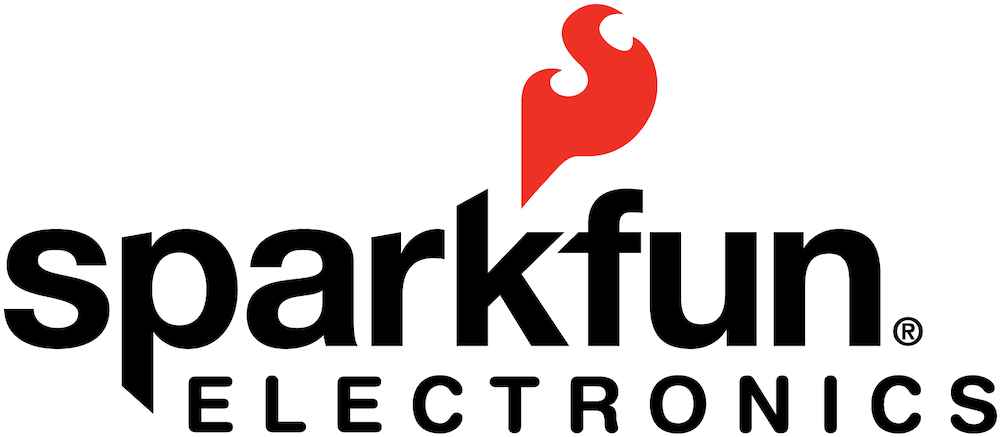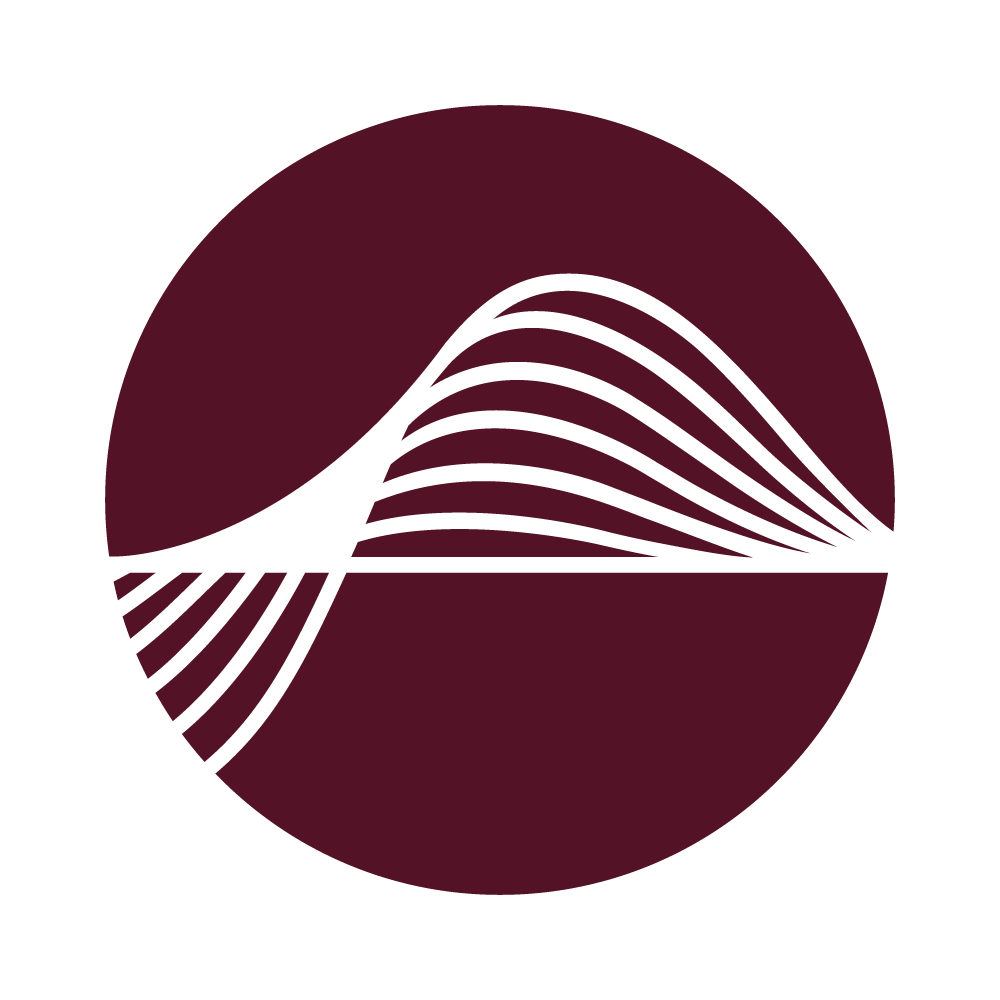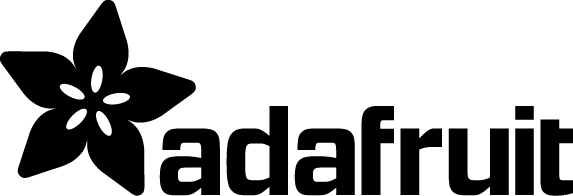No results were found for the filter!
Article no.: TEN-FL8MB
Article no.: TEN-AKIT
Article no.: D83291
Mit dem SparkFun TeensyView können Sie auf einfache Weise ein kleines, weiß-auf-schwarzes OLED zu Ihrem Teensy-Entwicklungsboard hinzufügen. Das 128x32 monochrome Display wird mit dem beliebten SSD1306 IC angesteuert und ist eine großartige Möglichkeit, Debug-Informationen anzuzeigen und Daten zu visualisieren, ohne ein serielles Terminal zu benötigen. Das Board passt perfekt zum Formfaktor des Teensy 3 und wurde von Grund auf so flexibel wie möglich gestaltet, während es gleichzeitig eine flache Ergänzung für den Teensy darstellt.
Article no.: LCD-14048
Diese Header sind für die Entwicklungsboards Teensy 4.0, Teensy 3.2 und Teensy LC geeignet. Jeder Satz von Steckverbindern macht Ihr Teensy-Breadboard kompatibel und ermöglicht das Stapeln eines Teensy und eines Teensy-kompatiblen Shield-Boards. Dieses Kit enthält fünf Stiftleisten (zwei 13-polige, eine 7-polige, eine 3-polige und eine 2x7 rechtwinklige SMT), genug, um Ihr gewähltes Teensy in jeder gewünschten Konfiguration anzuschließen!
Article no.: PRT-13925
Dies ist das Teensy 3 Audio Shield (Rev C), das zu einem Teensy 3.0, 3.1, 3.2, 3.5 oder 3.6 für Ihr nächstes Audio-Projekt hinzugefügt werden kann. Das Shield bietet Ihnen ein einfach zu bedienendes Werkzeug, um Ihrem Teensy qualitativ hochwertiges Audio mit 16 Bit und 44,1 kHz Abtastrate hinzuzufügen.
Article no.: DEV-15421
Article no.: AOM6738PR
Das SparkFun Extended Qwiic Shield für Teensy bietet Ihnen eine schnelle und einfache Möglichkeit, mit Ihren Teensy-Boards in das Qwiic-Ökosystem von SparkFun einzusteigen. Dieses Shield ist so dimensioniert, dass es mit dem Footprint von Teensy 4.1, Teensy 3.6 und Teensy 3.5 funktioniert. Dieses Shield verbindet den I2C-Bus (GND, 3,3V, SDA und SCL) auf Ihrem Teensy mit vier SparkFun Qwiic-Anschlüssen (zwei horizontal und zwei vertikal montiert).
Article no.: DEV-17156
Der SparkFun MicroMod Teensy-Prozessor nutzt die unglaubliche Rechenleistung des NXP iMXRT1062-Chips und verbindet ihn mit dem M.2 MicroMod-Anschluss, damit Sie ihn in ein kompatibles MicroMod Carrier Board Ihrer Wahl stecken können. Mit dem M.2 MicroMod-Anschluss ist der Anschluss des Teensy-Prozessors ein Kinderspiel. Richten Sie einfach die Taste am abgeschrägten Stecker Ihres Prozessors auf die Taste am M.2-Stecker aus und befestigen Sie ihn mit einer Schraube (im Lieferumfang aller Carrier Boards enthalten). Noch nie war es so einfach, einen Teensy in Ihr gewünschtes Projekt einzubauen!
Article no.: DEV-16402
Dieses kostengünstige (LC) Teensy Prop Shield ist für die Herstellung von Licht- und Soundeffekten auf kleinen, handgehaltenen Requisiten und tragbaren Kostümen gedacht. Dieses Shield verfügt über einen 2W-Audioverstärker, schnelle 5V-Puffer zur Ansteuerung von APA102-LEDs und einen 8MB-Flash-Speicher. Diese preiswerte Platine ist ungefähr so groß wie ein Teensy, nur etwas länger, um Platz für Befestigungslöcher und Anschlüsse für Strom, Lautsprecher und LEDs zu schaffen.
Article no.: DEV-13996
Article no.: ADA4828
Das SparkFun Qwiic Shield für Teensy bietet Ihnen eine schnelle und einfache Möglichkeit, mit Ihren Teensy-Boards in das Qwiic-Ökosystem von SparkFun einzusteigen. Dieses Shield ist so dimensioniert, dass es mit dem Footprint von Teensy 4.0, Teensy 3.2 und Teensy LC funktioniert. Dieses Shield verbindet den I2C-Bus (GND, 3,3V, SDA und SCL) auf Ihrem Teensy mit vier SparkFun Qwiic-Anschlüssen (zwei horizontal und zwei vertikal montiert).
Article no.: DEV-17119
Article no.: DEV-15845
Der Teensy ist eine erstaunliche und kompakte Entwicklungsplattform in einem Breadboard-freundlichen Formfaktor, aber was wäre, wenn Sie ihn in die Arduino-Architektur einbinden könnten? Der Teensy Arduino Shield Adapter ermöglicht es Ihnen, Ihr Teensy anzuschließen und Ihre bevorzugten Arduino Shields zu verwenden, ohne dass Sie ein Breadboard oder eine komplizierte Verdrahtung benötigen. Unnötig zu sagen, dass der Teensy Arduino Shield Adapter ein nützliches Werkzeug ist, um alle Ihre bestehenden Arduino-Projekte auf einen leistungsfähigeren Controller aufzurüsten!
Article no.: KIT-15716
Der Teensy 4.1 ist die neueste Iteration der erstaunlich beliebten Entwicklungsplattform, die einen ARM Cortex-M7-Prozessor mit 600 MHz, einen NXP iMXRT1062-Chip, einen viermal größeren Flash-Speicher als der 4.0 und zwei neue Steckplätze zum optionalen Hinzufügen von mehr Speicher bietet. Der Teensy 4.1 hat die gleiche Größe und Form wie der Teensy 3.6 (2,4 Zoll mal 0,7 Zoll) und bietet größere E/A-Fähigkeiten, darunter einen Ethernet-PHY, einen SD-Kartensockel und einen USB-Host-Anschluss.
Article no.: TEN-41LE
Article no.: TEN-PSRAM
SALE
Dieser Feather-Adapter ordnet die Pins eines Teensy 3.x neu an, so dass Sie die gleiche Form und Pinbelegung für unsere Feathers erhalten. Es ist eine großartige Möglichkeit, die Vorteile des Feather-Ökosystems zu nutzen. Verleihen Sie Ihrem Teensy mit Leichtigkeit einen Stepper/DC-Motor-Treiber, GPS, LED-Matrix oder OLED Add-on.
Article no.: ADA3200
Diese Header sind für die Entwicklungsboards Teensy 4.1, Teensy 3.6 und Teensy 3.5 ausgelegt. Jeder Satz von Headern ermöglicht es, Ihr Teensy einfach in eine Breadboard-Schaltung einzubinden oder ein Shield auf dem Board zu befestigen. Dieses Kit enthält drei Stiftleisten (zwei 24-polige und eine 5-polige), genug, um Ihr gewähltes Teensy in jeder gewünschten Konfiguration anzuschließen!
Article no.: PRT-17152
Das Teensy Prop Shield ist für die Herstellung von interaktiven Licht- und Soundeffekten auf kleinen, handgehaltenen Requisiten und tragbaren Kostümen gedacht. Dieses Shield verfügt über 10DoF (Degrees of Freedom) Bewegungssensoren, einen 2W-Audioverstärker, schnelle 5V-Puffer zur Ansteuerung von APA102-LEDs und einen 8MB-Flash-Speicher. Diese kleine Platine ist etwa so groß wie der Teensy 3.2, nur etwas länger, um Platz für Befestigungslöcher und Anschlüsse für Strom, Lautsprecher und LEDs zu schaffen.
Article no.: DEV-13995
Der Teensy 4.1 ist die neueste Iteration der erstaunlich beliebten Entwicklungsplattform, die einen ARM Cortex-M7-Prozessor mit 600 MHz, einen NXP iMXRT1062-Chip, einen viermal größeren Flash-Speicher als der 4.0 und zwei neue Steckplätze zum optionalen Hinzufügen von mehr Speicher bietet. Der Teensy 4.1 hat die gleiche Größe und Form wie der Teensy 3.6 (2,4 Zoll mal 0,7 Zoll) und bietet größere E/A-Fähigkeiten, darunter einen Ethernet-PHY, einen SD-Kartensockel und einen USB-Host-Anschluss.
Article no.: DEV-16771
Article no.: ADA1779
Der Teensy 4.1 ist die neueste Iteration der erstaunlich beliebten Entwicklungsplattform, die einen ARM Cortex-M7-Prozessor mit 600 MHz, einen NXP iMXRT1062-Chip, einen viermal größeren Flash-Speicher als der 4.0 und zwei neue Steckplätze zum optionalen Hinzufügen von mehr Speicher bietet. Der Teensy 4.1 hat die gleiche Größe und Form wie der Teensy 3.6 (2.4in x 0.7in) und bietet größere E/A-Fähigkeiten, einschließlich eines Ethernet-PHY, SD-Kartensockel und USB-Host-Anschluss. Das Beste an dieser Version von Teensy 4.1 ist, dass sie bereits mit Headern versehen ist.
Article no.: DEV-16996
Article no.: DEV-18615
Teensy 4.0 verfügt über einen ARM Cortex-M7-Prozessor mit 600MHz und einen NXP iMXRT1062-Chip, den schnellsten heute verfügbaren Mikrocontroller. Teensy 4.0 hat die gleiche Größe und Form wie Teensy 3.2 und behält die Kompatibilität mit den meisten Pin-Funktionen von Teensy 3.2 bei. Das Beste an dieser Version von Teensy 4.0 ist, dass sie bereits mit Headern versehen ist. Es ist kein Löten erforderlich, so dass Sie so schnell wie möglich loslegen können!
Article no.: DEV-16997
Article no.: DEV-15583
Viewed




